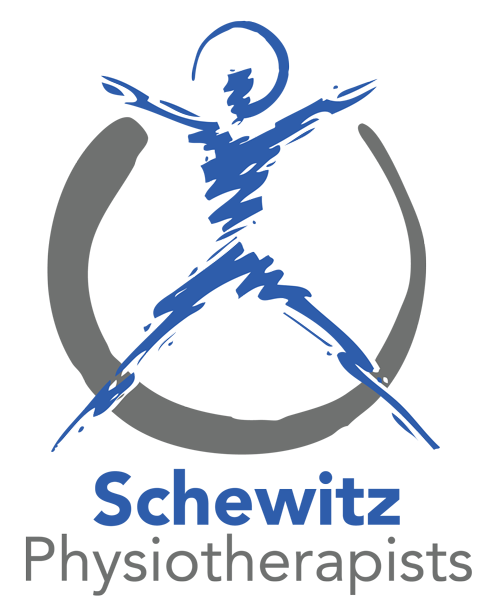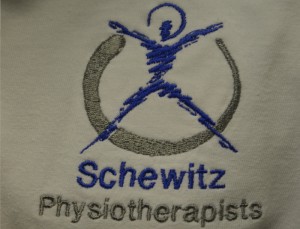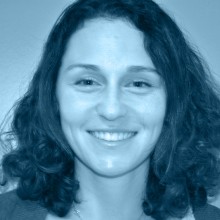Introduction: Research indicates that exercise may be helpful for smoking cessation; however, the majority of studies have focused only on women and only on aerobic exercise. This pilot study explored the use of resistance training (RT) (i.e., weight lifting) as an adjunctive strategy for quitting smoking for both men and women.
Methods: A sample of 25 smokers received a brief smoking cessation counseling session and the nicotine patch prior to being randomized into a 12-week RT or contact control (CC) group. Assessments were conducted at baseline, 3-month, and at a 6-month follow-up.
Results: Participants (52% female) averaged 36.5 years (SD = 12.0) of age and 19.1 years (SD = 12.0) of smoking. At the 3-month assessment, objectively verified 7-day point prevalence abstinence (PPA) rates were 46% for the RT group and 17% for CC; prolonged abstinence rates were 16% and 8%, respectively. At the 6-month assessment, objectively verified 7-day PPA rates were 38% for the RT group and 17% for CC; prolonged abstinence rates were 15% and 8%, respectively. Mean body weight decreased 0.6 kg (SD = 1.7) in the RT group and increased 0.6 kg (SD = 2.8) in the CC group. Mean body fat decreased 0.5% (SD = 1.8) in the RT group and increased 0.6% (SD = 0.7) in the CC.
Conclusions: This is the first study reporting on the use of a RT program as an aid to smoking cessation treatment. The findings suggest that such a program is feasible as an adjunctive treatment for smoking cessation. An adequately powered trial is warranted.
Download the Full PDF
Background: Obesity and its measure of body mass index are strongly determined by parental body size. Debate continues as to whether both parents contribute equally to offspring body mass which is key to understanding the aetiology of the disease. The aim of this study was to use cohort data from three generations of one family to examine the relative maternal and paternal associations with offspring body mass index and how these associations compare with family height to demonstrate evidence of genetic or environmental cross-generational transmission.
Methods: 669 of 1082 families were followed up in 2007/8 as part of the Lifeways study, a prospective observational cross-generation linkage cohort. Height and weight were measured in 529 Irish children aged 5 to 7 years and were self-reported by parents and grandparents. All adults provided information on self-rated health, education status, and indicators of income, diet and physical activity. Associations between the weight, height, and body mass index of family members were examined with mixed models and heritability estimates computed using linear regression analysis.
Results: Self-rated health was associated with lower BMI for all family members, as was age for children. When these effects were accounted for evidence of familial associations of BMI from one generation to the next was more apparent in the maternal line. Heritability estimates were higher (h2 = 0.40) for mother-offspring pairs compared to father-offspring pairs (h2 = 0.22). In the previous generation, estimates were higher between mothers-parents (h2 = 0.54-0.60) but not between fathers-parents (h2 = -0.04-0.17). Correlations between mother and offspring across two generations remained significant when modelled with fixed variables of socioeconomic status, health, and lifestyle. A similar analysis of height showed strong familial associations from maternal and paternal lines across each generation.
Conclusions: This is the first family cohort study to report an enduring association between mother and offspring BMI over three generations. The evidence of BMI transmission over three generations through the maternal line in an observational study corroborates the findings of animal studies. A more detailed analysis of geno and phenotypic data over three generations is warranted to understand the nature of this maternal-offspring relationship.
Download the Full PDF
Background: Strong evidence shows that physical inactivity increases the risk of many adverse health conditions, including major non-communicable diseases such as coronary heart disease, type 2 diabetes, and breast and colon cancers, and shortens life expectancy. Because much of the world’s population is inactive, this link presents a major public health issue. We aimed to quantify the effect of physical inactivity on these major non-communicable diseases by estimating how much disease could be averted if inactive people were to become active and to estimate gain in life expectancy at the population level.
Methods: For our analysis of burden of disease, we calculated population attributable fractions (PAFs) associated with physical inactivity using conservative assumptions for each of the major non-communicable diseases, by country, to estimate how much disease could be averted if physical inactivity were eliminated. We used life-table analysis to estimate gains in life expectancy of the population.
Findings: Worldwide, we estimate that physical inactivity causes 6% (ranging from 3·2% in southeast Asia to 7·8% in the eastern Mediterranean region) of the burden of disease from coronary heart disease, 7% (3·9—9·6) of type 2 diabetes, 10% (5·6—14·1) of breast cancer, and 10% (5·7—13·8) of colon cancer. Inactivity causes 9% (range 5·1—12·5) of premature mortality, or more than 5·3 million of the 57 million deaths that occurred worldwide in 2008. If inactivity were not eliminated, but decreased instead by 10% or 25%, more than 533 000 and more than 1·3 million deaths, respectively, could be averted every year. We estimated that elimination of physical inactivity would increase the life expectancy of the world’s population by 0·68 (range 0·41—0·95) years.
Interpretation: Physical inactivity has a major health effect worldwide. Decrease in or removal of this unhealthy behaviour could improve health substantially.
Objective: To provide updated, evidence-based recommendations for health care professionals concerning the effects of regular physical activity on the prevention and control of hypertension in otherwise healthy adults.
Options: People may engage in no, sporadic or regular physical activity that may be of low, moderate or vigorous intensity. For sedentary people with hypertension, the options are to undertake or maintain regular physical activity and to avoid or moderate medication use; to use another lifestyle modification technique; to commence or continue antihypertensive medication; or to take no action and remain at increased risk of cardiovascular disease.
Outcomes: The health outcomes considered were changes in blood pressure and in morbidity and mortality rates. Because of insufficient evidence, no economic outcomes were considered.
Evidence: A Medline search was conducted for the period 1966-1997 with the terms exercise, exertion, physical activity, hypertension and blood pressure. Both reports of trials and review articles were obtained. Other relevant evidence was obtained from the reference lists of these articles, from the personal files of the authors and through contacts with experts. The articles were reviewed, classified according to study design and graded according to level of evidence.
Values: A high value was placed on avoidance of cardiovascular morbidity and premature death caused by untreated hypertension.
Benefits, Harms and Costs: Physical activity of moderate intensity involving rhythmic movements with the lower limbs for 50-60 minutes, 3 or 4 times per week, reduces blood pressure and appears to be more effective than vigorous exercise. Harm is uncommon and is generally restricted to the musculoskeletal injuries that may occur with any repetitive activity. Injury occurs more often with jogging than with walking, cycling or swimming. The costs include the costs of appropriate shoes, garments and equipment, but these were not specifically measured.
Recommendations: (1) People with mild hypertension should engage in 50-60 minutes of moderate rhythmic exercise of the lower limbs, such as brisk walking or cycling, 3 or 4 times per week to reduce blood pressure, (2) Exercise should be prescribed as an adjunctive therapy for people who require pharmacologic therapy for hypertension, especially those who are not receiving beta-blockers. (3) People who do not have hypertension should participate in regular exercise as it will decrease blood pressure and reduce the risk of coronary artery disease, although there is no direct evidence that it will prevent hypertension.
Validation: These recommendations agree with those of the World Hypertension League, the American College of Sports Medicine, the report of the US Surgeon General on physical activity and health, and the US National Institutes of Health Consensus Development Panel on Physical Activity and Cardiovascular Health. These guidelines have not been clinically tested. SPONSORS: The Canadian Hypertension Society, the Canadian Coalition for High Blood Pressure Prevention and Control, the Laboratory Centre for Disease Control at Health Canada, and the Heart and Stroke Foundation of Canada.
Download the Full PDF










